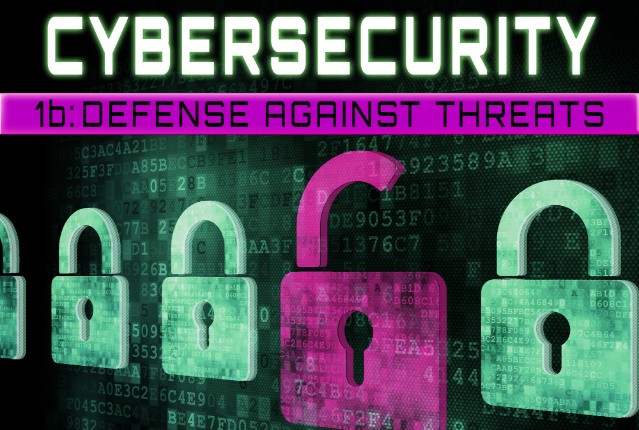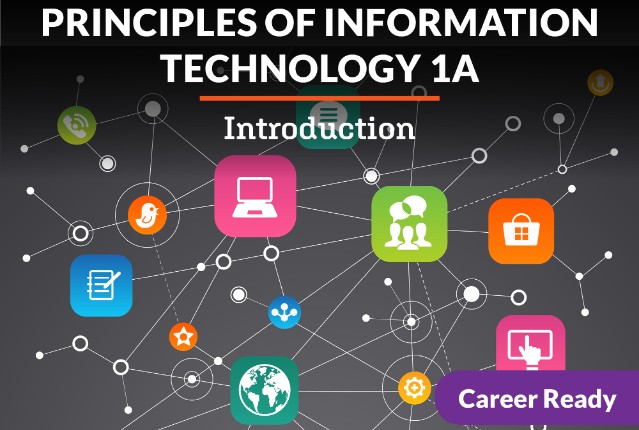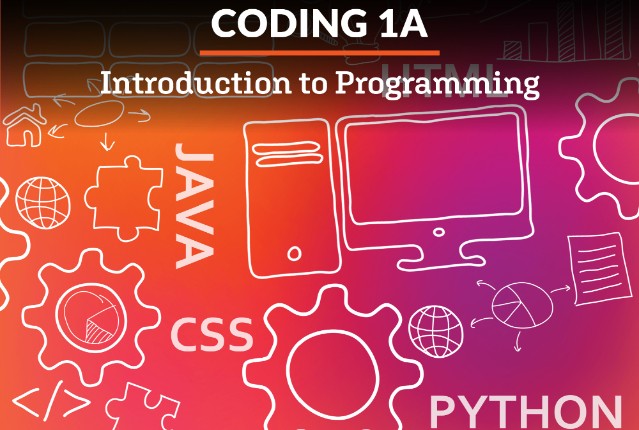
Cybersecurity 1b: Defense Against Threats
Unmask the cybersecurity threats around you by understanding hackers and identifying weaknesses in your online behavior. Learn to avoid the various types of cyberattacks, including those to your social media accounts, and to predict the potential legal consequences of sharing or accessing information that you do not have rights to. Dig into these crimes in depth by taking a look at cyber forensics and other cybersecurity careers. Cybersecurity will play an increasingly larger role in our personal and professional lives in the years to come.
Review course outlineAccess for a year
USD 299.00*
* Choose more courses to get a discount




